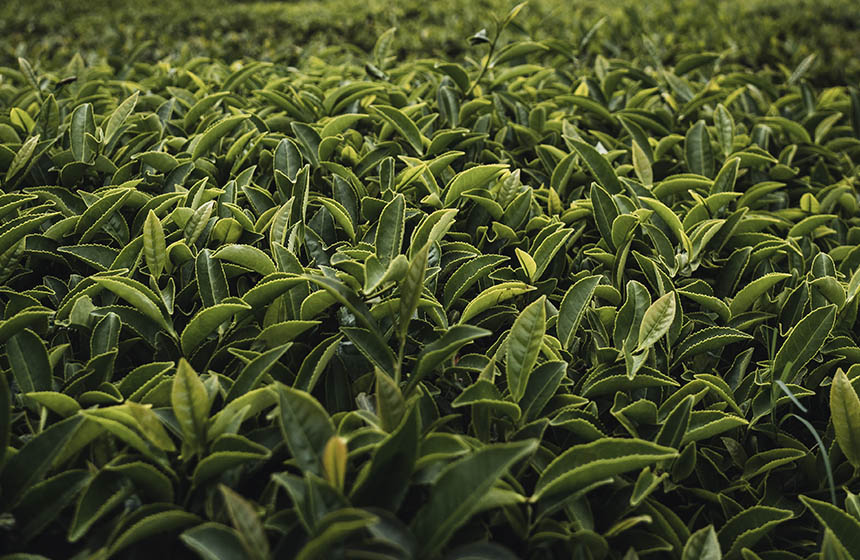Participatory forest restoration in semiarid areas of North Africa
Nature-based Intervention:
A group of researchers launched a Participatory Ecological Restoration project in the Béni Boufrah Forests. The approach was based on knowledge sharing, trust, and active stakeholder participation with scientists, managers, and local stakeholders involved in and guiding every step of the process from planning to outcome monitoring. This participatory process was applied to all steps of the restoration initiative including the identification of restoration priorities, assessment of land-use options, definition of the restoration procedure, participatory plantation, evaluation, surveillance, and monitoring. Specifically, the restoration efforts were conducted on a one-hectare area of land where 250 plants were planted by 90 participants (57 men and 33 women). The area is primarily Tetraclinis articulata forest. As such, a stakeholder workshop concluded that the planting of Tetraclinis and other similar wood species would be most appropriate.
Overview of context and outcomes:
Semiarid regions of North Africa face frequent challenges of land degradation resulting from both human- and climate change-induced pressures. Simultaneously, efforts to achieve the ecological restoration of previously degraded land has had minimal success as they are often conducted in an often non-participatory and top-down manner.
Case effectiveness on
Climate change
Community members reported a wide range of ecosystem services provided by the restored forest area, including services linked to the most critical local problems of erosion and flooding.
Ecosystem health
Ecological effect: PositiveFourteen out of fifteen total survey respondents reported integrity of the restored plot and recovery of native vegetation as the most relevant indicators of success. Recent monitoring has shown an increase in cover and composition of spontaneous vegetation. Seedling survival rate 18 months after planting was 60% for Tetraclinis and 90% for Pistacia.
Socioeconomic outcomes
A post-intervention report emphasised that the signature of an agreement between stakeholder groups was reported to represent their will to overcome disagreements, to trust each other, and to work together for the purpose of conserving and restoring local natural resources. The active involvement of women was reportedly sought throughout each step of the project, although many women faced restrictions as a result of their responsibility for housework and family care.
Governance
The project is governed by a multi-stakeholder platform with 67 members. This board has 19 scientists and managers , 20 NGO members and local authorities, and 28 local resource users. .
Finance
The project is funded by the University of Abdelmalek Esaàdi in Morocco and the University of Alicante in Spain.
Monitoring and evaluation
A plot system was set-up and is monitored by the scientific team. Simultaneously, a group of 15 stakeholders worked on conducting evaluations to monitor the progress of the programme.
Trade-offs and limitations
There was a limitation in seedling availability which restricted replanting efforts to Tetraclinis and Pistacia lentiscus.
Ecosystem type
- Mediterranean shrubs & forests
Climate change impacts addressed
- Freshwater flooding
- Soil erosion
Instigators
- National government/agency
- Research institutions
Societal challenges
- Biodiversity conservation
- Climate change adaptation
- Conflict and Security
- Disaster risk reduction
Outcomes
- Food security: Not reported
- Water security: Not reported
- Health: Not reported
- Local economics: Not reported
- Livelihoods/goods/basic needs: Not reported
- Energy security: Not reported
- Disaster risk reduction: Positive
- Rights/empowerment/equality: No effect
- Conflict and security: Not reported
- No. developmental outcomes reported: 5
Resources
Read resource 1Literature info
- Peer reviewed



